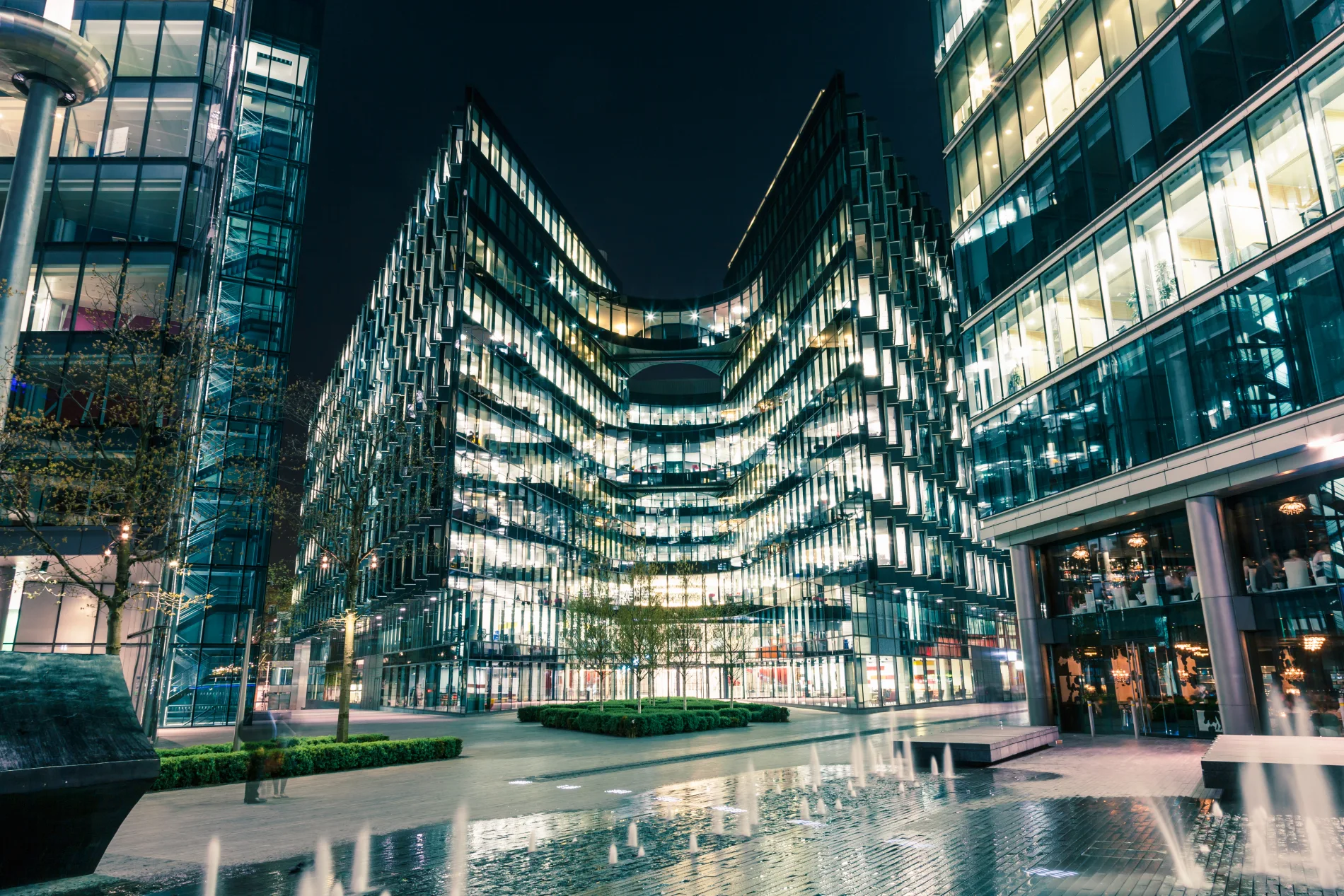The Role of Building Management Systems in Securing the Future of Commercial Buildings
For owners and managers of large commercial buildings, the years ahead bring some real challenges, like energy costs going up, strict goals to reach net-zero emissions, and the need to keep people comfortable and healthy inside.
Because of these changing demands, just running things as usual isn't enough anymore. Future-proofing a commercial property means taking a smart, data-led approach, and the Building Management System (BMS) is the key technology that provides this long-term stability and strength.
Protecting Your Investment Through Smart Cost Management
While a BMS is well-known for cutting costs by making operations more efficient, its biggest benefit is its ability to make a building flexible and compliant for the next few decades. A property that can't manage its energy use well, react to real-time changes, or show reliable performance data risks becoming a less valuable asset. Think of installing a modern BMS today not just as a running cost, but as an essential investment in keeping and even increasing the value of your property over time.
Old control methods, like schedules based only on time, can't handle real-world changes such as people coming and going or sudden weather shifts. This limitation allows energy to be wasted all the time. The BMS solves this problem by acting as the building's smart brain, gathering and processing detailed energy information from thousands of sensors to make every operational decision. This intelligent use of data makes sure energy is used only exactly when and where it is needed.
The Engine for Compliance and Sustainability
The ongoing effort to reach net-zero operations requires more than just fixing things up now and then; it demands constant, proofable improvement. The BMS is vital for meeting this requirement, giving you the necessary tools for measuring, controlling, and reporting on performance.
This ability is part of the overall building management solutions that are essential for successful modern properties.
Meeting Rules and Regulations
As more locations around the world bring in or strengthen energy performance rules for commercial buildings—like better EPC ratings or new carbon goals—the importance of a BMS grows. By actively lowering a building’s operational carbon footprint and providing the real-time data to prove it, a BMS greatly improves your ability to meet compliance standards. Its clear, reliable performance history offers the solid evidence needed to support getting certifications like BREEAM or LEED.
Boosting Financial and Environmental Value
A building that can show and prove top-notch energy efficiency is worth much more, both financially and for the environment. Lower running costs, happier occupants thanks to better comfort, and verifiable sustainability efforts all make a property much more appealing to potential buyers or long-term tenants.
A property that is well-managed and uses data effectively has a clear advantage over one that relies on old, inefficient controls. Good BMS property management is key to reaching and holding onto this extra value.
Smart Control for Flexibility and Strength
Aside from just being efficient, making a building ready for the future is about its ability to be flexible and strong. A smart BMS allows a building to handle changing situations easily, from very hot or cold weather to changes in how the space is used, all without making people uncomfortable or costing too much extra.
This is achieved through advanced, data-driven control methods. One great example is Dynamic Optimisation, where the BMS uses different real-time internal and external conditions, including detailed weather forecasts and estimates of heat inside the building, to adjust systems before issues arise. This makes sure occupants are always comfortable while using the least amount of resources possible.
The system also supports proactive maintenance by leveraging operational data. This is critical for making important equipment last longer. For example, the BMS can spot unusual behaviour, like a piece of equipment drawing too much energy when it's supposed to be off, or running too often.
This allows maintenance teams to catch potential problems early and fix them before they cause a major breakdown, reducing wear and tear and leading to significant savings on repair and replacement costs over the long term.
Connecting Systems for a Unified Future
Buildings that are most resilient and responsive have systems that talk to each other seamlessly. A modern BMS goes beyond the HVAC system by linking up other key services, including lighting, security, and access control, into one smart network.
Through this joined-up way of working, information from one system automatically guides decisions made in other areas of the building. For example, the BMS might use data from occupancy sensors to confirm how many people are in a section before adjusting the ventilation and lighting levels. This comprehensive, coordinated view ensures that resources are allocated and used only when and where they are truly needed, preventing waste.
Putting these innovative, integrated solutions in place is the most practical way to secure a commercial building’s long-term future.
If you are ready to ensure your building is strong for the long term and truly benefit from your energy data for a greener, more efficient, and financially sustainable future, contact us today to learn about our bespoke building management solutions.




